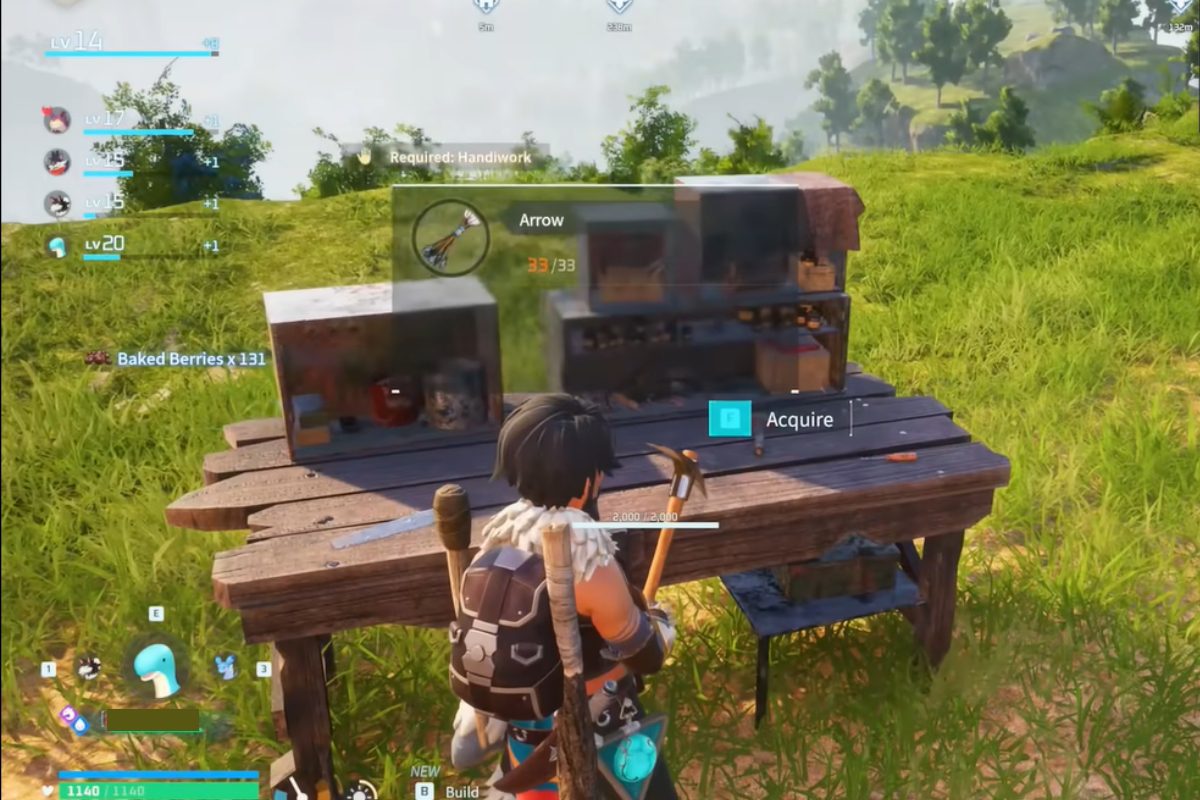The Tokyo District Court case specifically targets Palworld’s “Pal Sphere” mechanic, which Nintendo claims infringes on their Poké Ball patents. Pocketpair, having previously cleared legal requirements in Japan, expresses surprise at these allegations while mounting a robust defence based on industry precedents.
At the heart of Pocketpair’s defence lies the concept of “prior art” in gaming mechanics. The developer has assembled an extensive catalogue of games predating Nintendo’s patents, demonstrating how similar gameplay elements have been widespread throughout the industry. Their defence portfolio includes prominent titles such as ARK: Survival Evolved, Rune Factory 5, and their own previous release, Craftopia.
The legal challenge has significantly impacted Pocketpair’s operations. John Buckley, the company’s global community manager, described the lawsuit announcement as “a very depressing day.” The studio has been forced to curtail promotional activities, including their planned presence at the Tokyo Game Show, and implement additional security measures for their team.
Pocketpair’s defence strategy extends beyond contemporary games, incorporating references to classic titles and modifications. They cite examples from Final Fantasy 14, Monster Hunter 4 Ultimate, and even popular game mods like Pixelmon for Minecraft and NukaMon for Fallout 4. This comprehensive approach aims to demonstrate the ubiquitous nature of creature-capturing mechanics across gaming history.
The lawsuit’s implications stretch beyond the immediate dispute between Pocketpair and Nintendo. Gaming law experts note that this case could establish crucial precedents for patent enforcement in the video game industry. A ruling in Nintendo’s favour might lead to more aggressive patent protection practices, while a victory for Pocketpair could reinforce the principle that common gameplay mechanics cannot be exclusively patented.
In their technical analysis, Pocketpair highlights how various games have implemented similar mechanics differently. They point to Titanfall 2 and Pikmin 3’s throwable capture items, and how Octopath Traveller and Final Fantasy 14 incorporate creature-capturing probability systems, arguing that these mechanics represent industry-standard features rather than patentable innovations.
As the case proceeds, it underscores the complex intersection of intellectual property rights and creative freedom in game development. The outcome could significantly influence how future games are designed and how developers navigate the increasingly complex landscape of gaming patents.
News Source: Video Games Chronicle

